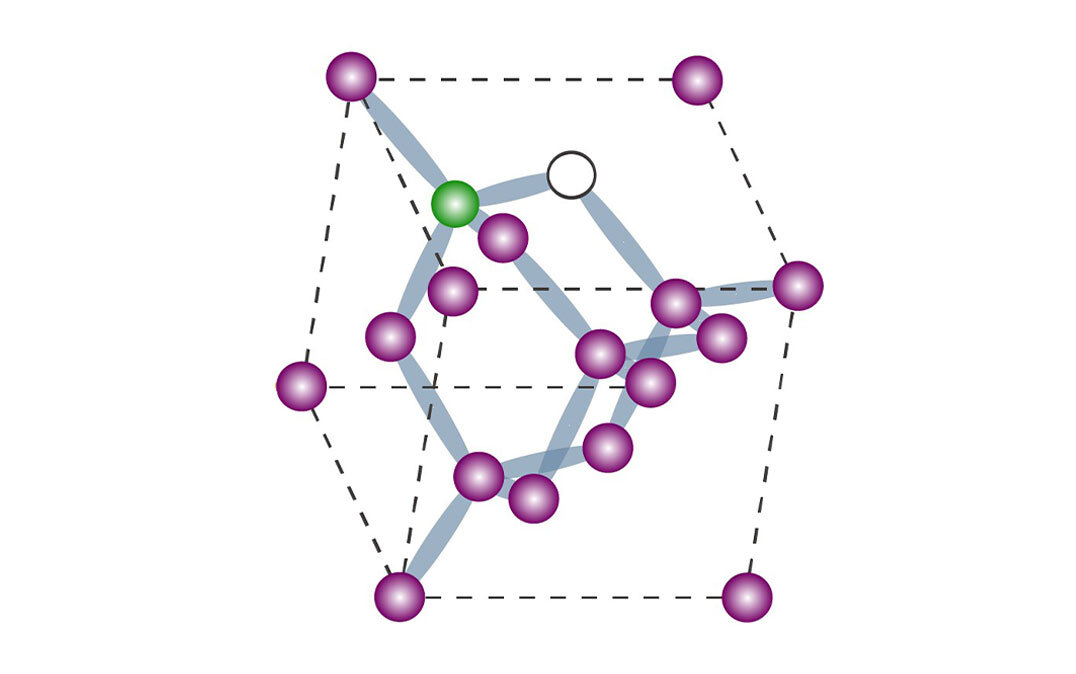Scientists at the University of Tsukuba have developed a method for monitoring the temperature using the naturally occurring atom-like defects in diamonds. They found that increased heat led to reduced intensity of the nonlinear harmonic generation of light. This work may lead to highly accurate nano-sized thermometers.
They have taken advantage of the nonlinear optical properties of a particular kind of defect in diamonds which are made of carbon atoms arranged in a diamond cubic lattice. Nitrogen-Vacancy (NV) defects are naturally occurring flaws in diamonds in which two adjacent carbon atoms have been replaced by a nitrogen atom and a hole. They have attracted a great deal of attention because they are easy to obtain and have unusual quantum and nonlinear optical properties. Among them is the ability to combine two or even three photons together into a single high-energy photon in a process called harmonic generation.
Using infrared ultrashort pulse laser stimulation, the team found that the harmonic generation decreased with temperature over the range of 20–300°C.
This temperature-dependent change was explained by mismatch due to the speed of different colors of light in the diamond. That is, as the atomic lattice heats up, the difference in the index of refraction between the original light and the higher energy light created by harmonic generation grows larger, which decreases the efficiency of harmonic generation. (Phys.org)
The paper has been published in Optics Letters.




